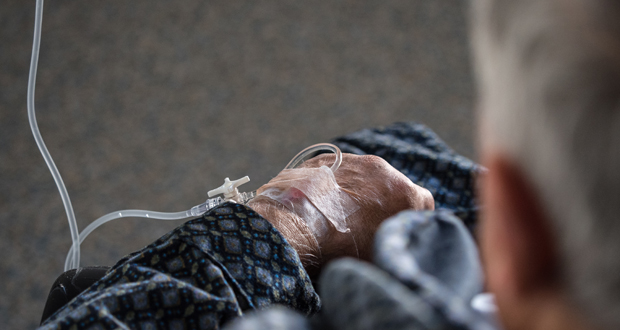Peripheral intravenous catheter (PIVC) failure is unacceptably common and change is urgently needed, an academic from the Alliance for Vascular Access Teaching and Research has argued.
Professor Claire Rickard, from the Griffith University’s Menzies Health Institute Queensland-based group, said optimal dressing and securement methods are not well established and added health professionals need access to more effective products.
Currently, up to 69 per cent of devices require removal and Rickard said this can lead to pain and anxiety, interrupted therapy, and morbidity and mortality associated with infection.
She said additional procedures are often needed to replace catheters, adding to workload and healthcare costs.
Her new research, published in The Lancet medical journal, aimed to compare the efficacy and costs of three alternative approaches to standard non-bordered polyurethane dressings.
It looked at over 1800 adult patients at Royal Brisbane and Women’s Hospital and Princess Alexandra Hospital who required PIVC insertion.
Participants were randomly assigned either tissue adhesive with polyurethane dressing, bordered polyurethane dressing, a securement device with polyurethane dressing, or polyurethane dressing (control group).
More than two-thirds (41 per cent) of patients had all-cause PIVC failure. The research team found that none of the interventions significantly reduced PIVC failure.
Rickard said: “All products tested, including polyurethane, were associated with PIVC failure and often needed reinforcement.”
Because of this, Rickard is calling for more innovation in the space to develop effective, durable products.
Professor Samantha Keogh, president of the Australian Vascular Access Society, agreed, saying Australia needs more investment in innovative and effective vascular access practice and products, as well as more quality research evaluating and implementing them.
“This study highlights that PIVC failure is continuing at an unacceptably high rate which has significant implications for the patient’s IV experience, as well as for healthcare costs,” Keogh said.
In the meantime, the research team said the study suggested PIVC dressing or securement should be selected mainly on the basis of cost.
Do you have an idea for a story?Email [email protected]
 Nursing Review The latest in heathcare news for nurses
Nursing Review The latest in heathcare news for nurses

